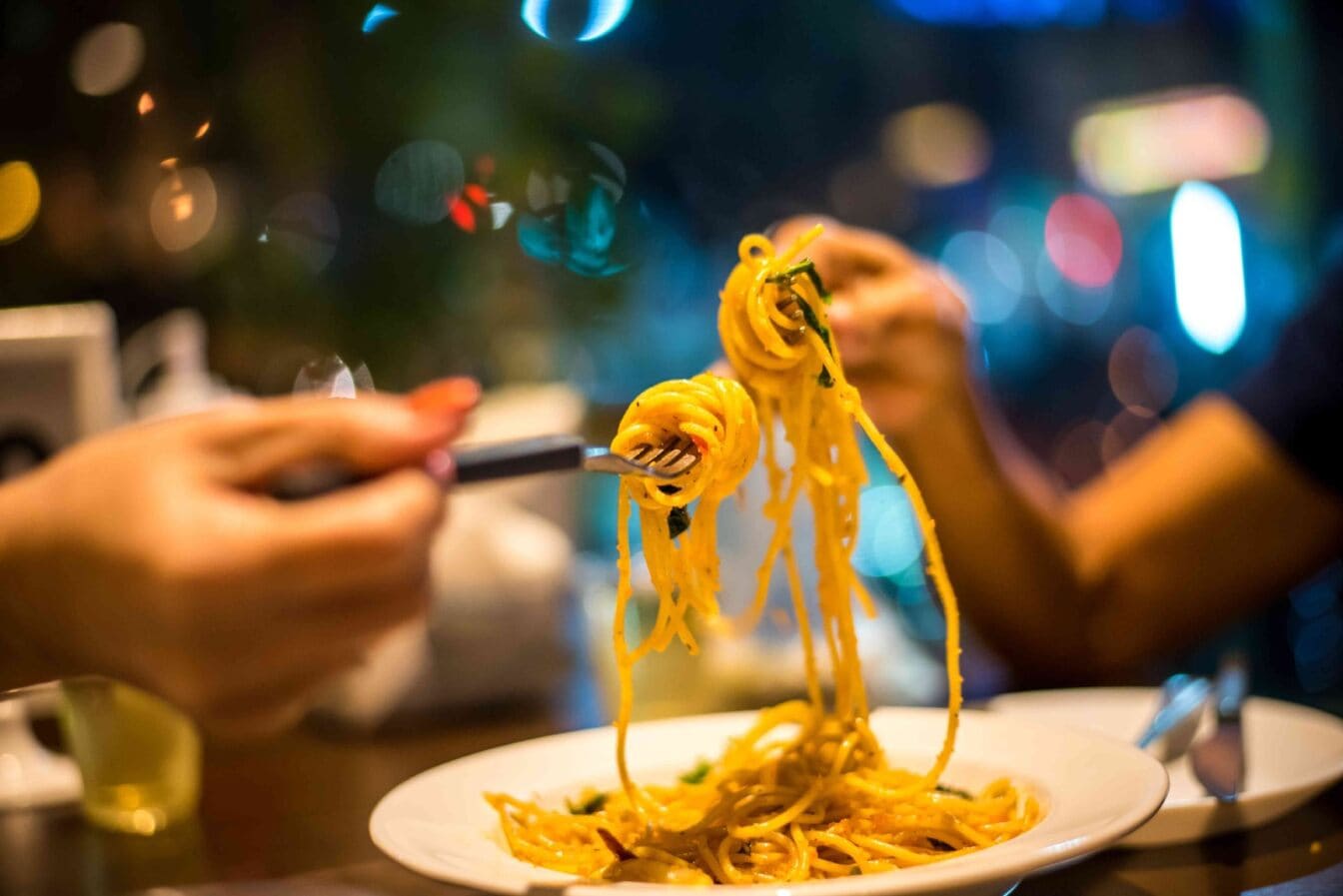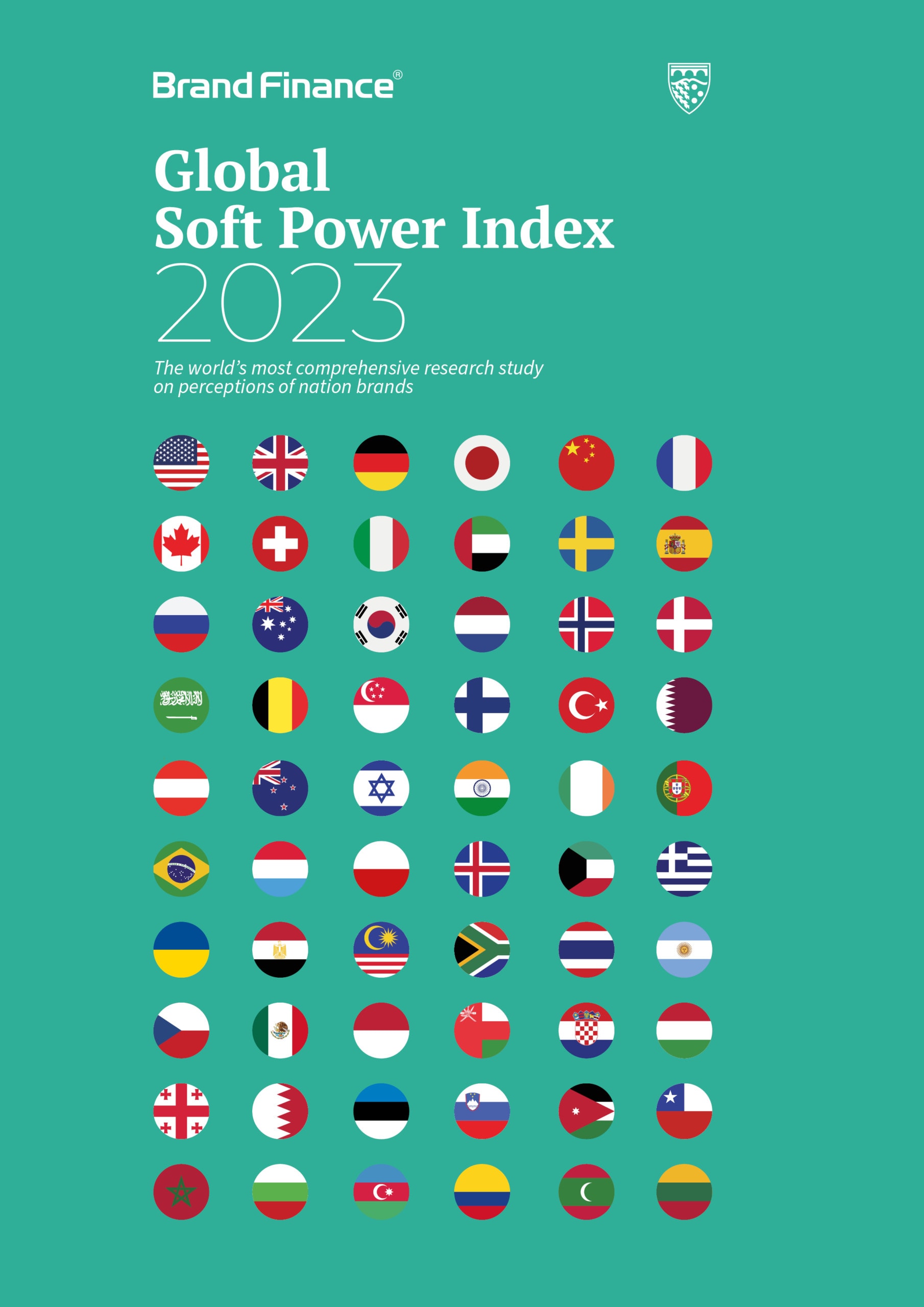This article was originally published in the Global Soft Power Index 2023.
At the dawn of the ‘American Century’, in the early 1940s, an Irish nationalist writer declared: ‘Our problem is to find a formula of life as between the old traditions and the new world rushing into us from every side.’ In these lines I aim to demonstrate how Italy has found – or worked out – such a formula for itself, and how it can be considered key to their success in nation or place branding.

Senior Adjunct Professor, Johns Hopkins University,
SAIS Europe
As a long-time resident of Italy, it seems to me that whatever its structural problems, this is a country where one can see established syntheses of tradition and modernity successfully at work on every side. At the start of February, the Italian equivalent of the Financial Times, Il Sole/24 Ore, pointed to the key sectors and products which are leading Italian brands to conquer the highest of high-end markets around the world. They include Ferraris and Lamborghinis, luxury yachts and furniture, tourism of the most exclusive variety, rare wines, precious jewellery: all segments showing remarkable growth in recent years, to levels well above the pre-pandemic era.
It is food which is the most prominent sector trading on this approach. The website of the Barilla pasta company, present in over 100 countries, insists again and again on the fusion of tradition and innovation. Their website says: ‘food is a pleasure which touches all our senses and gives us access to a world made of joy, tradition, and innovation.
The senior partner at Bain & Co, specialising in luxury markets, claimed that the added value of ‘il made in Italy’ (sic) is to be found in ‘its uniqueness, its flexibility and the very special savoir faire which national producers bring to their work.’ I would suggest that at the heart of this ‘savoir faire’ is the very self-conscious marrying of certain ideas of tradition with what markets are thought most likely to appreciate in terms of novelty.

We set out from Italy’s peasant traditions, inspired by their history to offer people an experience of authenticity rooted in the past, but which looks to the future, always respecting sustainability…’
A quite different conception of the relationship between tradition and innovation is represented by the Slow Food movement. Born originally in protest at the arrival of McDonald’s at the heart of historic Rome, Slow Food now presents itself as a worldwide reality with 100,000 sympathisers and branches in 150 countries.
The movement was officially founded in Paris in 1989 when a small group of environmental activists published its own ‘Manifesto’. This denounced the evils of an ever faster, ever more intense industrialisation of food, and the virtues of a much slower lifestyle, renouncing fast-food and all that it implied.
In the early 2000s, the movement’s first commercial spin-off came to life. This was Eataly, a chain of high-quality food shops and restaurants, now worldwide. As the company’s website explains, the point was to identify brands and producers which shared the values of the overall project: attention to quality, environmental and economic sustainability, cultural diversity.
Today Slow Food enthusiasts can join programmes which favour slow travel, slow fishing, slow cheese, slow bees, slow meat and much else besides. Its networks include markets, chefs, gardens and indigenous communities around the world.
But its most typical performances are to be found in Italy itself: the great world cheese festival in alternate Septembers; the Saloni del Gusto in Turin, which last year attracted 350,000 visitors and 3000 delegates from 130 countries; its convivia (Slow Food chapters) up and down the country.
The contemporary era in the status of Italy’s very particular national brand, with food at its centre, began with the Expo World Fair of Milan in 2015. Dedicated to the theme of ‘Feeding the planet, energy for life!’, over 6 months, more than 20 million visitors explored 150 national and company pavilions. The general success of the Expo produced a number of spin-offs. The Foreign Ministry in Rome took up the challenge of ‘gastrodiplomacy’, setting in motion an annual tradition entitled the ‘World Wide Week of Italian Cuisine’.
Following Milan, in 2016 a conference at Nomisma, an economic think-tank based in Bologna, showed how a qualitative leap forward had taken place in the attention that authorities at every level were giving to food and wine as a key currency of business, but also the sort of export which advertised the nation’s creativity, territories and values.
They saw how a narrative of identity was emerging from the nation’s food experience in all its forms, one which expressed a distinctive and successful synthesis of tradition and modernity.
Soft Power can be defined simply as a cultivated relationship between hard power and intangible influence, the two joined by the force of national, institutional, or corporate examples, or some combination of these models.
The lesson of successful nation-states – such as Italy – is that their Soft Power derives from their ability to synthesise over time a distinctive ‘formula of life’, one which visibly embodies the best of the past and the newest of the new, the sort of appeal which people everywhere will want to emulate.

